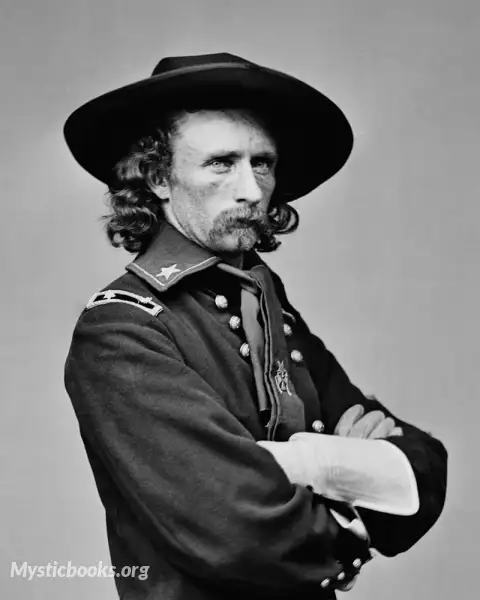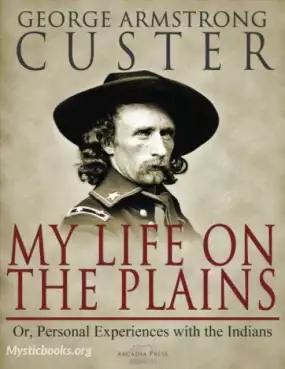
Timeline
Title
Country/Nationality
George Custer
George Armstrong Custer (December 5, 1839 – June 25, 1876) was a United States Army officer and cavalry commander in the American Civil War and the American Indian Wars.
Custer graduated from West Point in 1861 at the bottom of his class, but as the Civil War was just starting, trained officers were in immediate demand. He worked closely with General George B. McClellan and the future General Alfred Pleasonton, both of whom recognized his qualities as a cavalry leader, and he was promoted to brigadier general of volunteers at age 23. Only a few days after his promotion, he fought at the Battle of Gettysburg, where he commanded the Michigan Cavalry Brigade and despite being outnumbered, defeated J. E. B. Stuart's attack at what is now known as the East Cavalry Field. In 1864, he served in the Overland Campaign and in Philip Sheridan's army in the Shenandoah Valley, defeating Jubal Early at Cedar Creek. His division blocked the Army of Northern Virginia's final retreat and received the first flag of truce from the Confederates. He was present at Robert E. Lee's surrender to Ulysses S. Grant at Appomattox Court House, Virginia.
Custer was born in New Rumley, Ohio, to Emanuel Henry Custer (1806–1892), a farmer and blacksmith, and his second wife, Marie Ward Kirkpatrick (1807–1882), who was of English and Scots-Irish descent. He had two younger brothers, Thomas and Boston. His other full siblings were the family's youngest child, Margaret Custer, and Nevin Custer, who suffered from asthma and rheumatism. Custer also had three older half-siblings. Custer and his brothers acquired a life-long love of practical jokes, which they played out among the close family members.
In order to attend school, Custer lived with an older half-sister and her husband in Monroe, Michigan. Before entering the United States Military Academy, Custer attended the McNeely Normal School, later known as Hopedale Normal College, in Hopedale, Ohio. It was to train teachers for elementary schools. While attending Hopedale, Custer and classmate William Enos Emery were known to have carried coal to help pay for their room and board. After graduating from McNeely Normal School in 1856, Custer taught school in Cadiz, Ohio. His first sweetheart was Mary Jane Holland.
It is unlikely that any Native American recognized Custer during or after the battle. Michno summarizes: "Shave Elk said, 'We did not suspect that we were fighting Custer and did not recognize him either alive or dead.' Wooden Leg said no one could recognize any enemy during the fight, for they were too far away. The Cheyennes did not even know a man named Custer was in the fight until weeks later. Antelope said none knew of Custer being at the fight until they later learned of it at the agencies. Thomas Marquis learned from his interviews that no Indian knew Custer was at the Little Bighorn fight until months later. Many Cheyennes were not even aware that other members of the Custer family had been in the fight until 1922 when Marquis himself first informed them of that fact."
Several individuals claimed responsibility for killing Custer, including White Bull of the Miniconjous, Rain-in-the-Face, Flat Lip, and Brave Bear. In June 2005, at a public meeting, Northern Cheyenne storytellers said that according to their oral tradition, Buffalo Calf Road Woman, a Northern Cheyenne heroine of the Battle of the Rosebud, struck the final blow against Custer, which knocked him off his horse before he died.
Books by George Custer

My Life on the Plains
My Life on the Plains is an autobiographical first-hand account of the Indian Wars of 1867-1869, detailing the winter campaign of 1868 in which Custer led the 7th US cavalry against the Cheyenne Indians. The book is a historical document of the persp...